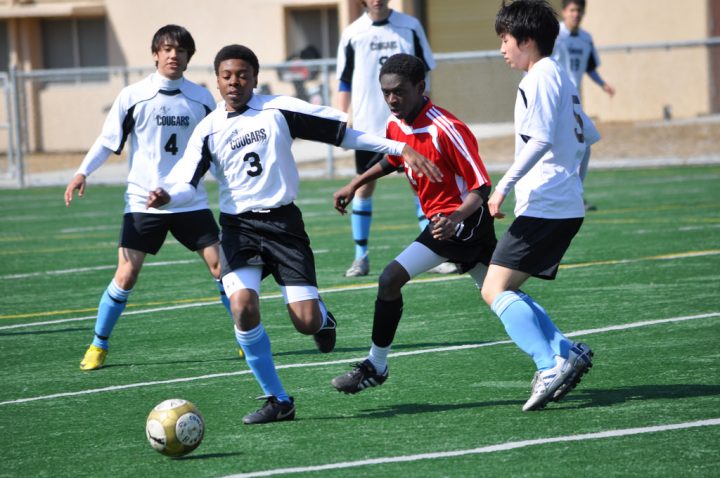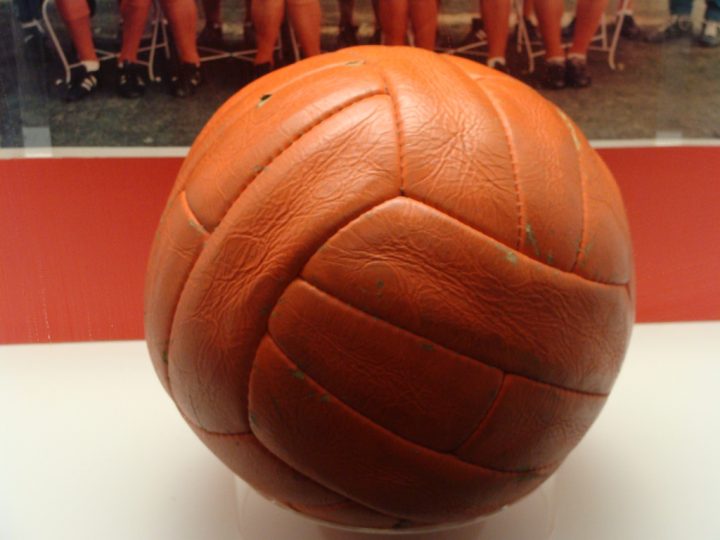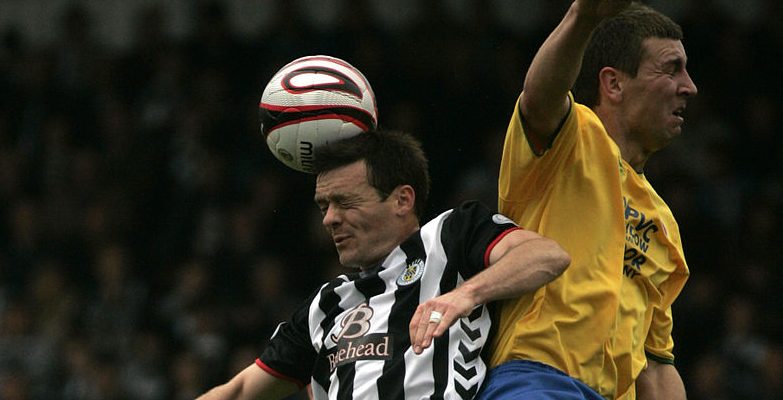Whether it’s a striker scoring a goal or a defender clearing his own, heading has remained a fundamental part of football since the rules were first written. However, the sport that is played by more than 250 million people worldwide is now facing a concerning reality. New studies suggest heading a football could have a damaging and lasting effect on footballers brains.
THE PAST
Jeff Astle will always be best remembered for his heading prowess on the pitch. Known as ‘The King’ to fans, the West Brom centre forward was described to be the finest header of the ball since Tommy Lawton. The ability to head the ball with great power earned Astle several accolades throughout his career. In the 1969-70 season, he was the leading goalscorer in Division One and just one year earlier; he carried West Brom to the FA Cup final, scoring in every round of the competition.
However, heading had its repercussions. In 2002, Jeff Astle died aged 59-years-old. The neurodegenerative disease known as Chronic Traumatic Encephalopathy was the cause of his death. At his inquest, the coroner ruled the footballer developed an industrial disease, and the years of repeatedly heading heavy footballs had made a significant contribution.
“It was like my Dad’s life didn’t matter”
Described as a ‘livewire’ by his daughter Dawn, she says how the beloved footballer couldn’t remember his success as his health deteriorated.
“He was surrounded by pictures, England caps, medals but he remembered none of it. I guess everything football gave him – football took away. He died not remembering his family, but also being a footballer.”
In 2001, the FA promised research to investigate the link between heading and brain disease. The year of Jeff Astle’s death should have marked the expected second year of the study, but 12 years later Dawn discovered how the research had been abandoned.
“It was like my Dad’s life and death didn’t matter” says Dawn. “All we wanted were answers as to what killed my Dad, what might be happening to others like him, and has football got an association with dementia. We needed to know, but more importantly, football needs to know.”
THE PRESENT
Earlier this year, independent studies began to research the link between heading and brain disease to finally try and reach an answer.
The University of Stirling have revealed groundbreaking information showing heading a football causes instant changes to the brain. The University is working alongside Dr Willie Stewart, the leading pathologist who examined Jeff Astle’s brain and likened it to an old boxer’s.
“Research investment is needed”
Scientist, Dr Magdalena Ietswaart affirms that whilst the research is a right step forward into protecting current players, financial aid is needed to analyse what risks there may be further down the line.
“This is timely, as we start to understand how traumatic brain injury is a risk factor for later neurological disease.
“Research investment is needed to allow development of evidence-based tools to study the effects of repeated head impact on brain health as well as the mechanisms that underlie the link between head impact and health outcomes later in life.”
In 2015, America introduced restrictions for children heading the ball. Backed by a growing concussion awareness, the US Soccer Federation has banned heading for children 10 years old and under, and limited heading for children aged 11-13 to 30 minutes a week.

The effort has prompted questions as to whether the UK should copy the incentive, but Dr Ietswaart believes football authorities shouldn’t rush to follow suit.
“While we need to be protect footballers who will be experiencing significant short term changes to their brain after they head a football, we need to be able to pinpoint what stage this is having the biggest impact.
“We must uncover the mechanisms that relate to brain health in the long-term before we can make any concrete decisions about the game among young players.”
THE FUTURE
With initial findings expected to take at least three years, from the studies that began in January this year, many former footballers and charities are sceptical boundaries imposed in youth football is the right decision.
With circling rumours, the Professional Footballers’ Association will soon adopt similar measures as seen in the US, Sir Geoff Hurst doesn’t see how a game of football can ever be played without heading.
“It is vital people are good in their technique in heading a ball”
The former World Cup winner of 1966 made up his illustrious hat trick in the final scoring a goal with his head against West Germany, 52 years ago.
“It’s difficult to suggest football is played at the top level without heading a ball. We played head tennis in the gym for practice. We had a football hanging from the ceiling that was swinging and we’d head that multiple times in training.”
It has been suggested the leather footballs used in the past could have been a significant factor that contributed to brain changes discovered in players such as Jeff Astle. Players would liken a heavy waterlogged leather ball to heading ‘a bag of bricks’.
Whilst footballs today have changed radically and are much lighter, scientists suggest modern players could be at just as much of a risk due to the speed the balls can travel.

Sir Geoff, however, believes heading is an integral part of the sport, and says he would not have thought about the possible repercussions of using his head when he played.
“When I was 24-years-old and playing in the World Cup I wouldn’t have been concerned about heading the ball. It’s important and I scored a goal with my head in the final. I wanted to play and be successful in my career.
“Particularly defensively and from an attacking point of view, it is vital people are good in their technique in heading a ball.”
It is difficult to imagine how to facilitate a game of football without the use of heading. It almost seems sacrilegious to suggest removing it from the game for what success it has brought many players. However, players mustn’t discredit the dangers even if they aren’t immediately obvious, and maybe its time for authorities to confront the evidence, and assist the research, in order for football to stay ahead of the game.
You can view the print article designed for the publication, FourFourTwo, below.
The Silent Years | Print Article
Check out other areas of the project here!


 Manchester City VS AFC Bournemouth Preview: Howe embracing ‘positive challenge’ of facing Champions
Manchester City VS AFC Bournemouth Preview: Howe embracing ‘positive challenge’ of facing Champions